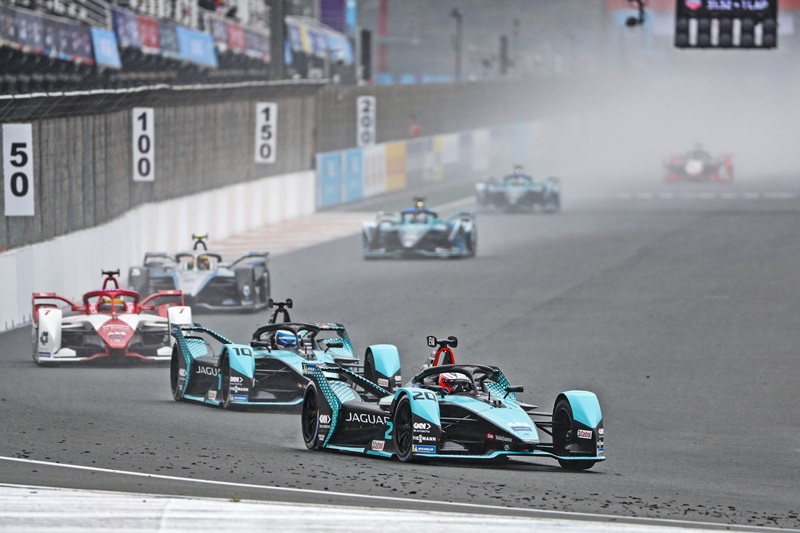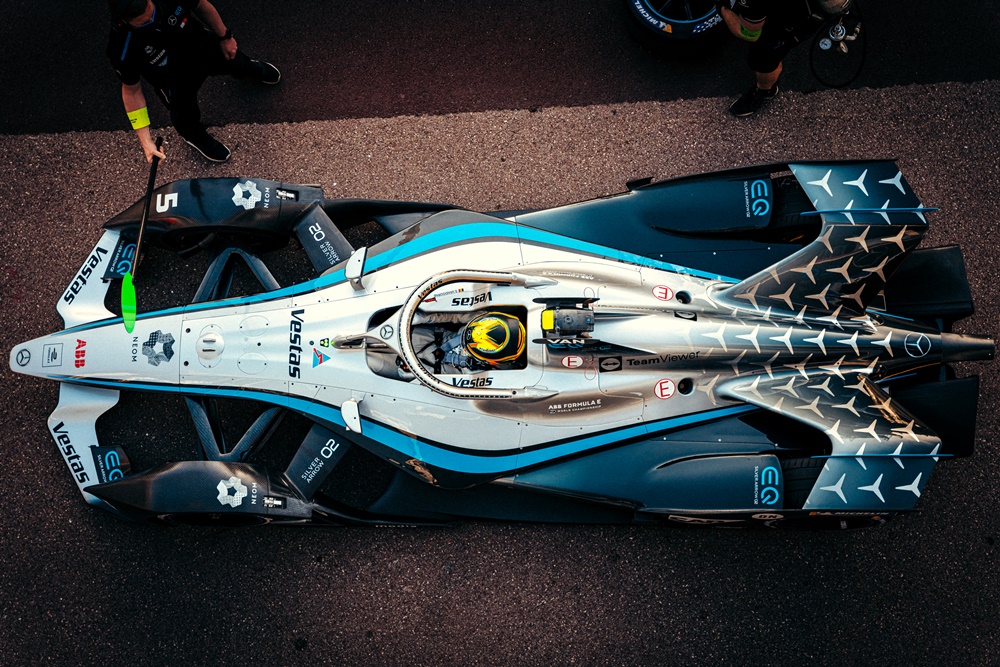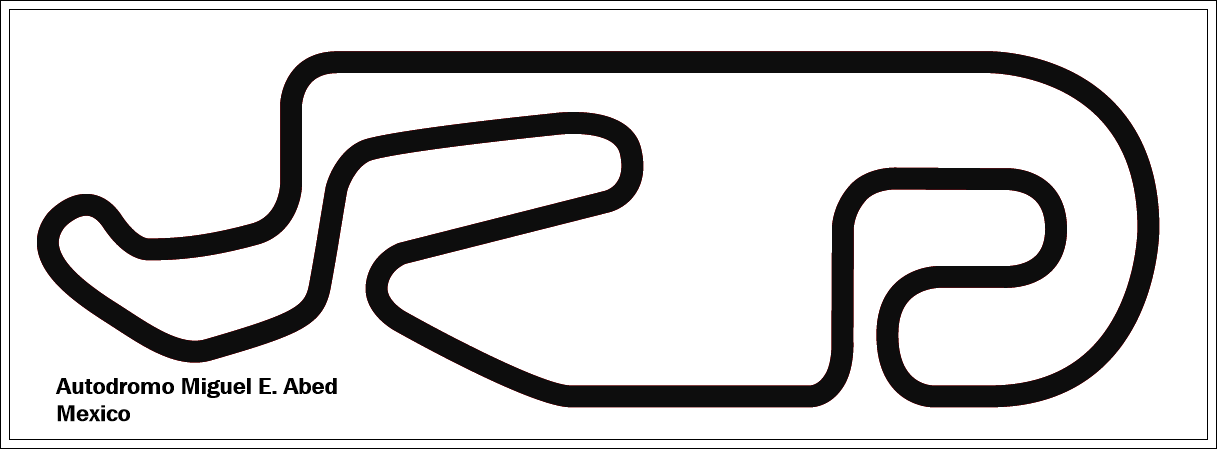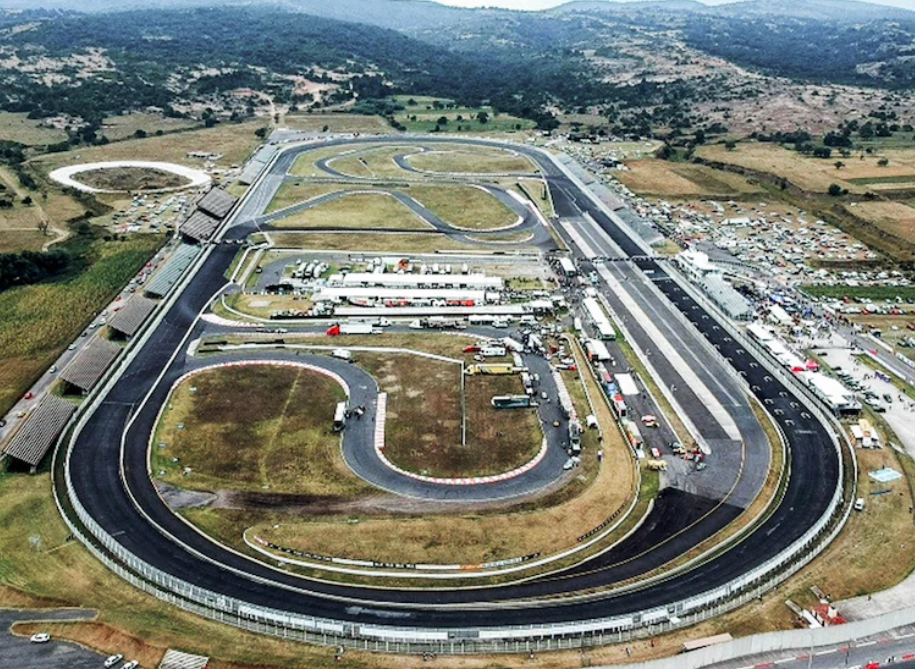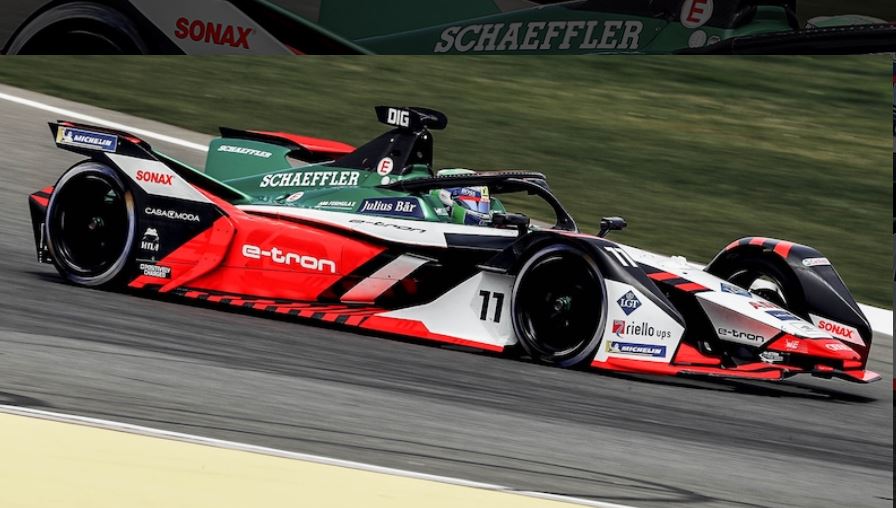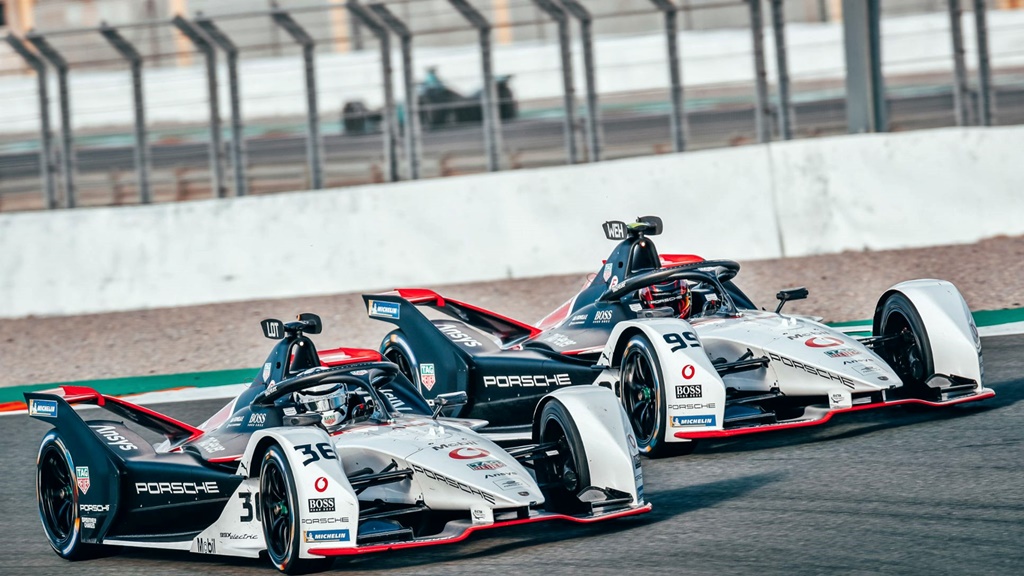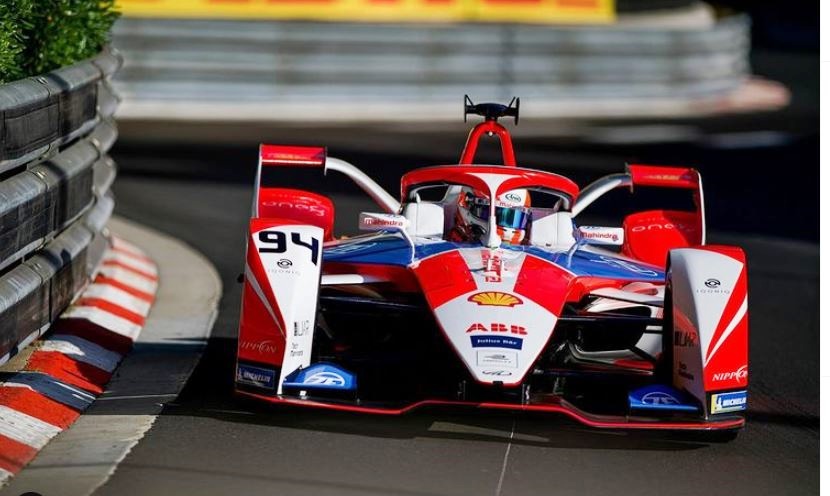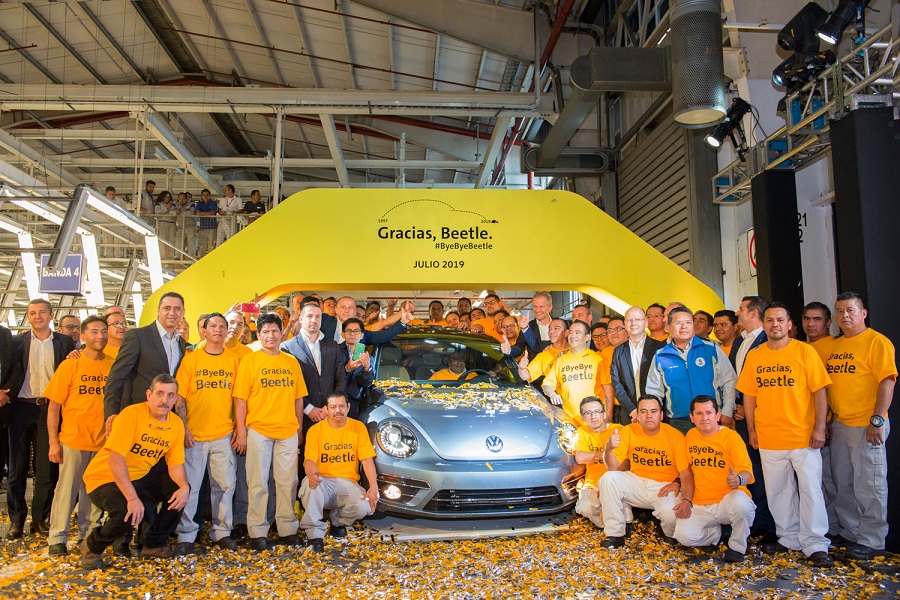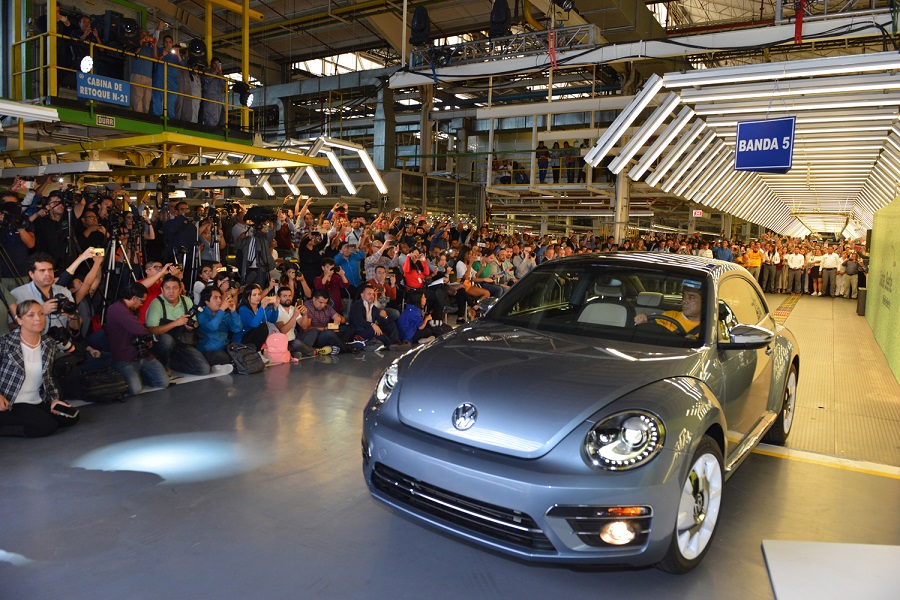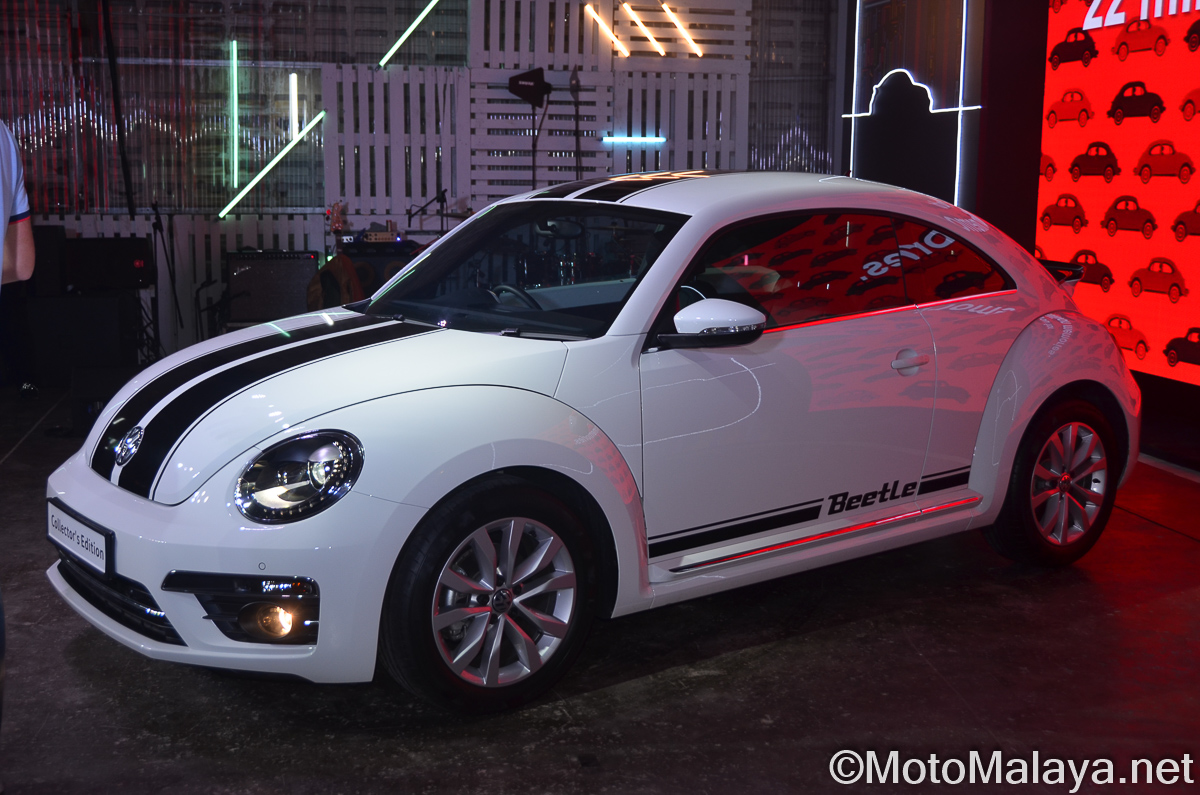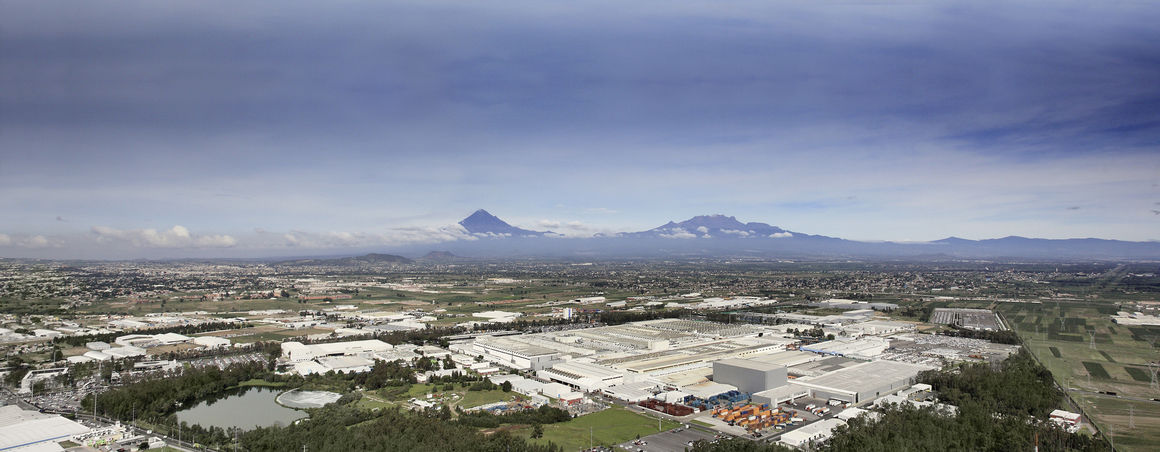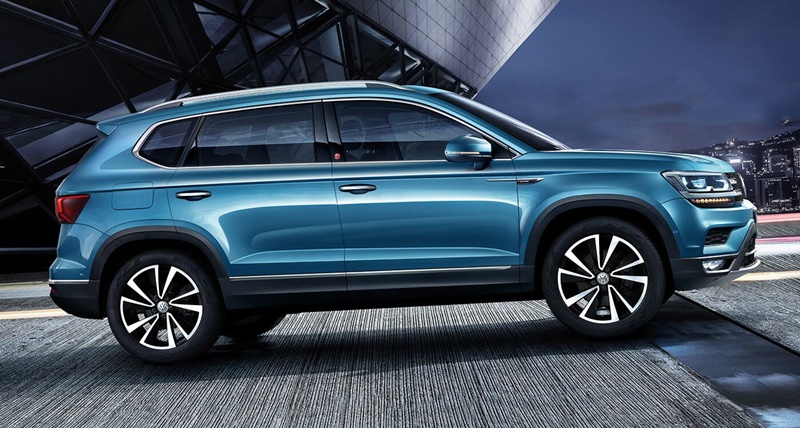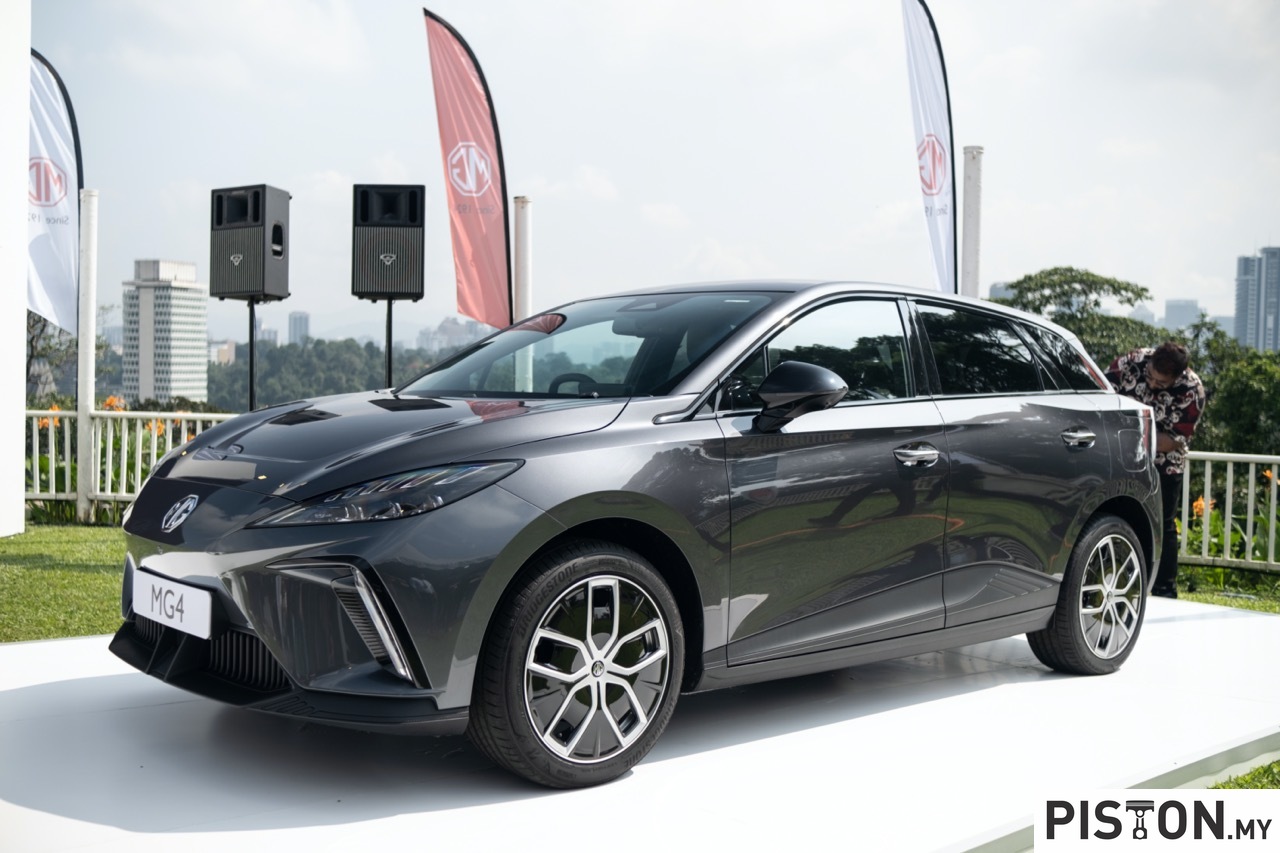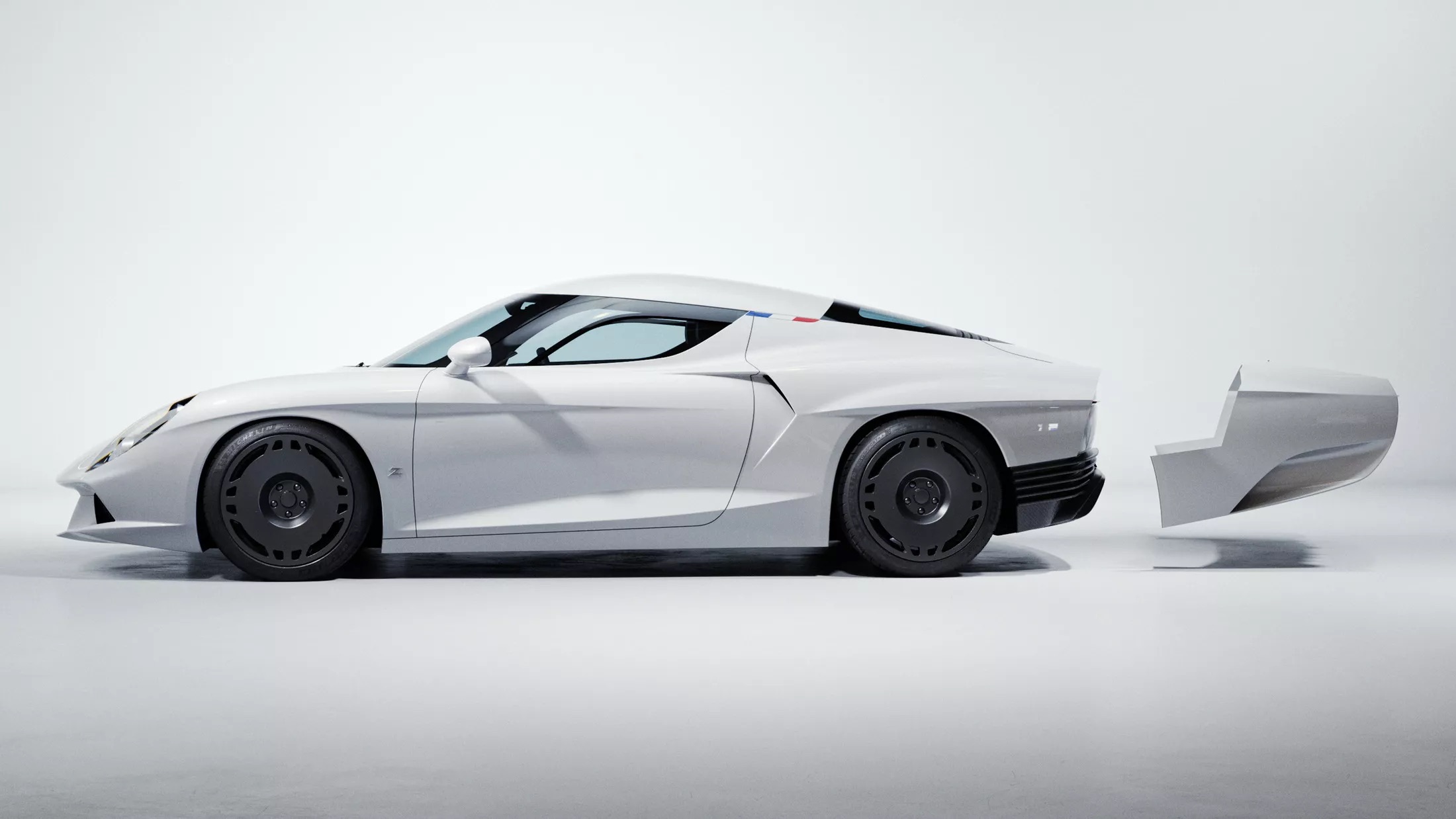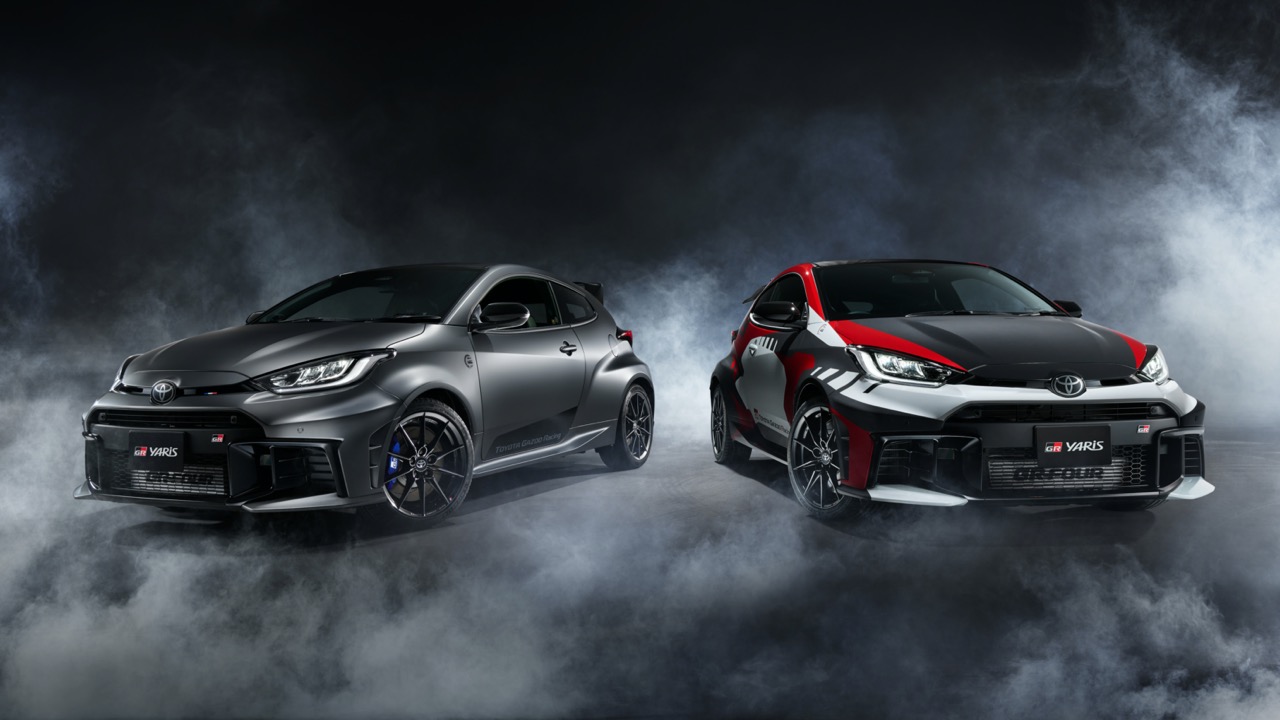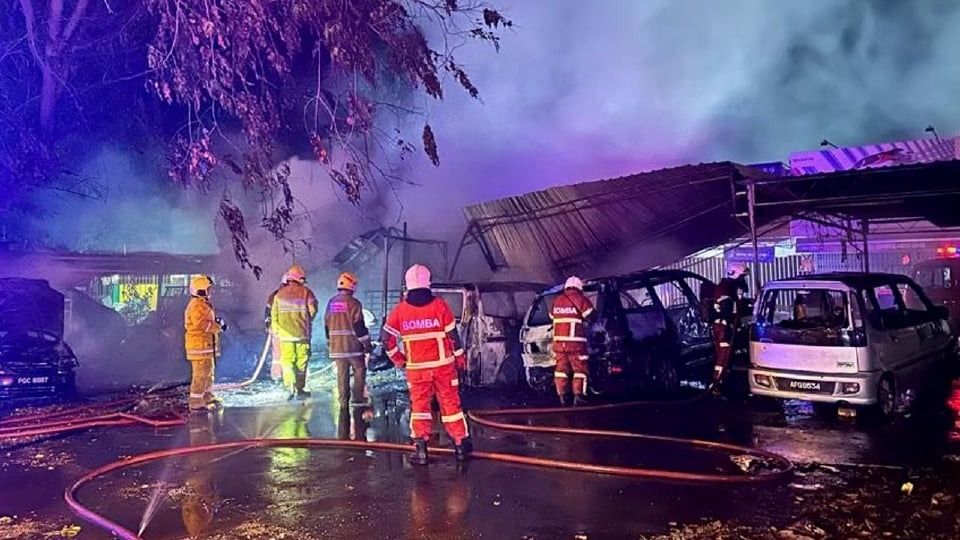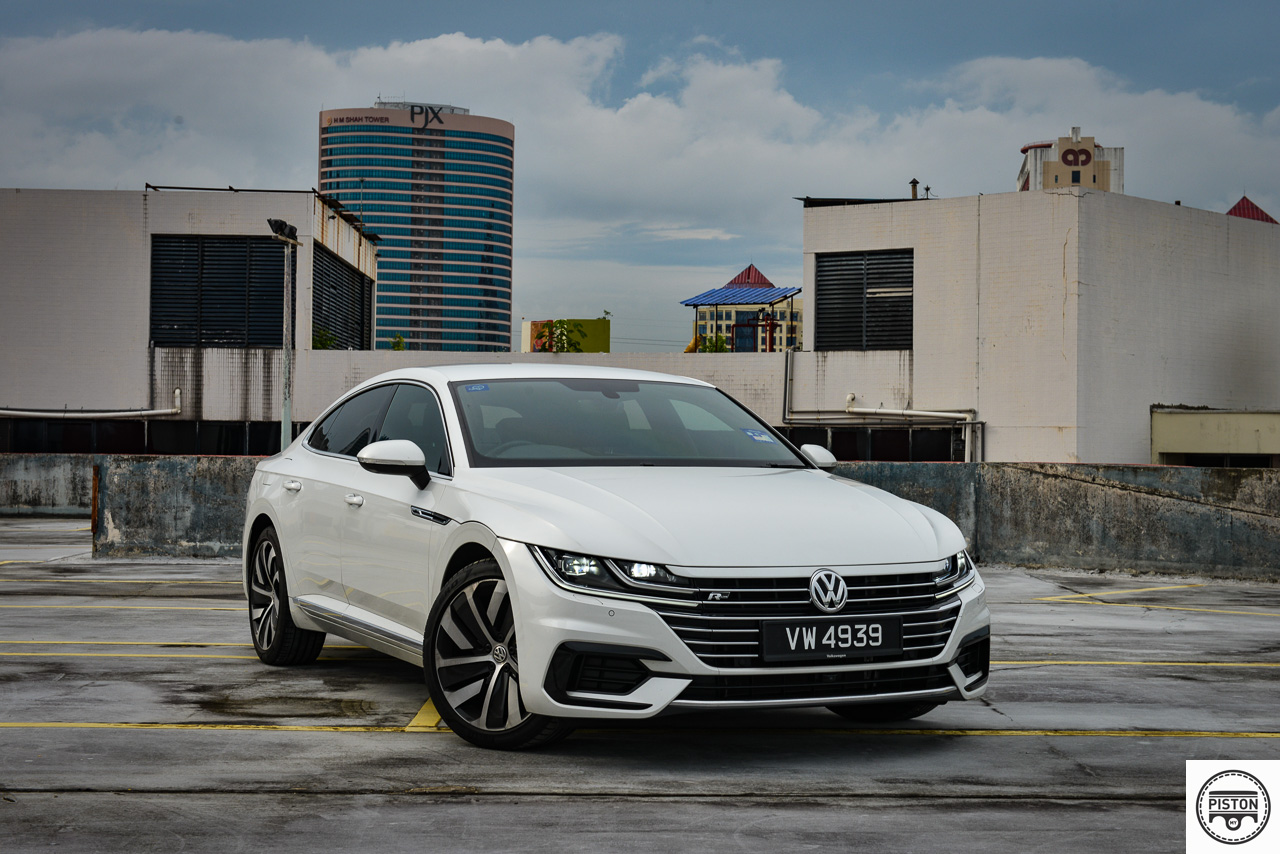This will be a busy weekend in the motorsports world; besides the seventh Formula 1 race of 2021 being run in France, Formula E – the all-electric single-seater series – also returns after a 6-week break from racing. While Envision Virgin Racing’s Robin Frijns leads the Drivers Championship, the Mercedes EQ team is at the top of the chart in team standings, with Jaguar Racing just 2 points behind.
This weekend will have Rounds 8 and 9 of the 2020-2021 ABB FIA Formula E World Championship and both will be held at a new circuit in Mexico. For the previous 5 occasions that Formula E races have been run in Mexico,
New circuit to be used
The ABB FIA Formula E World Championship is being contested in Mexico for the sixth time since the series’ inception, the Autodromo Hermanos Rodriguez in the capital city has been used. This time, the Autodromo Miguel E. Abed in Puebla, about 100 kms from Mexico City, will be used for the first time. The reason for this change of circuit is because parts of the Autodromo Hermanos Rodriguez are still being used as a hospital for COVID-19 patients during the current pandemic.
After the Circuit Ricardo Tormo in Spain, the 2.982-km Autodromo Miguel E. Abed is the second permanent racetrack to host Formula E races this season. The track has 15 turns taken in a counter-clockwise direction. A large part of the circuit is situated in the infield of an oval normally used by, most noticeably, the Mexican NASCAR series.
Leading back to the main straight, Turn 15 is a banked corner which Formula E will also use. The track will use the infield of the oval circuitwith a banked turn and an extended Attack Mode activation zone. Turn 1 at the end of this section is one of the best spots for overtaking on the whole circuit and Turn 11 at the end of the second sector is another good place.
Attack Mode activation zone
The Attack Mode activation zone is on the outside of Turn 8, so cars will have to deviate from the racing line a little more than usual as a result. The loss in time is expected to be over 2.5 seconds which will be the greatest amount ever seen till date in Formula E history.
“Puebla is pretty different to anything Formula E has done before, using part of a high-speed oval, and I think it will be very interesting. It will be a high-load start to the lap and there are a lot of long corners, which we don’t usually see in this championship,” said Mahindra Racing’s Alexander Sims.
Heat + high altitude
Races in Mexico have usually had a special challenge from the high altitudes and Puebla is situated 2,200 metres above sea level, an even higher altitude than Mexico City. With high temperatures as well, the drivers will be pushed to their limits managing the battery pack and tyre temperatures during the 45 minute + one lap double-header.
“It will be hard on tyre degradation and we’ll be running in high temperatures and in high altitude. I don’t think it will be as stressful on the battery as Santiago, but it’s going to be pretty tough nonetheless,” added Sims’ team mate, Alex Lynn.


